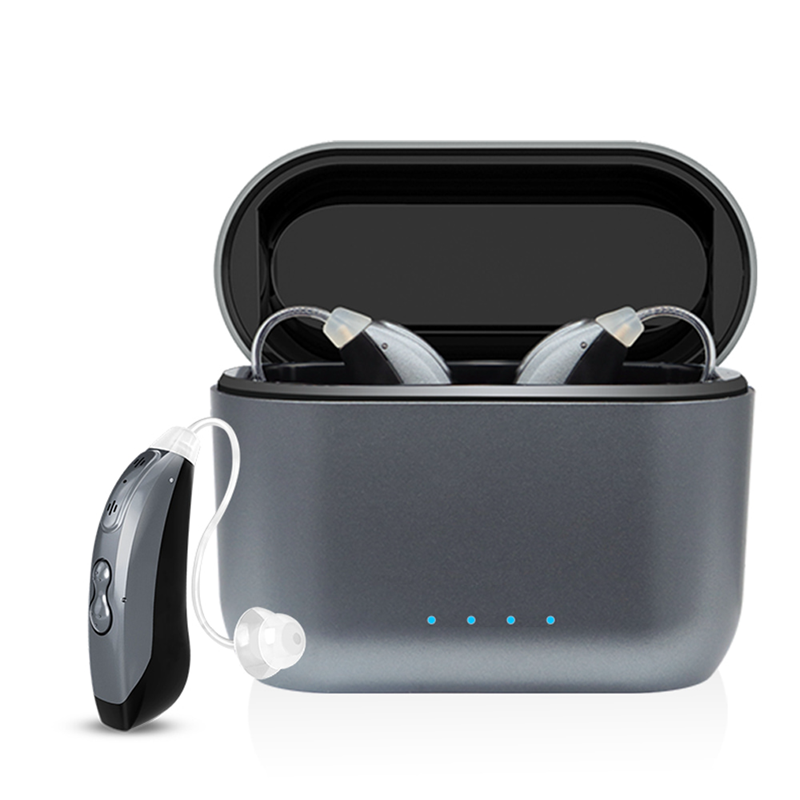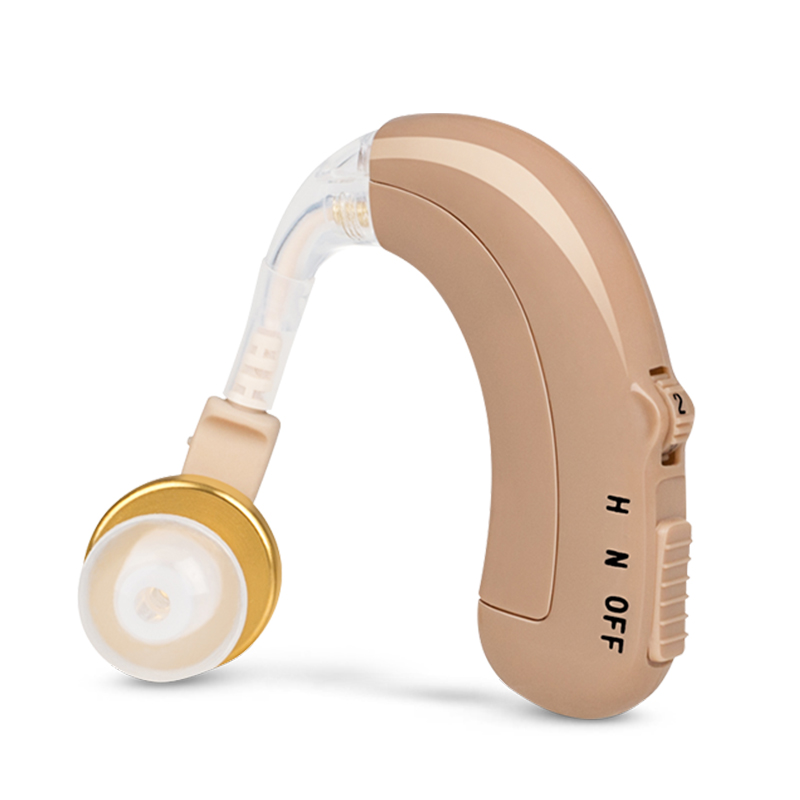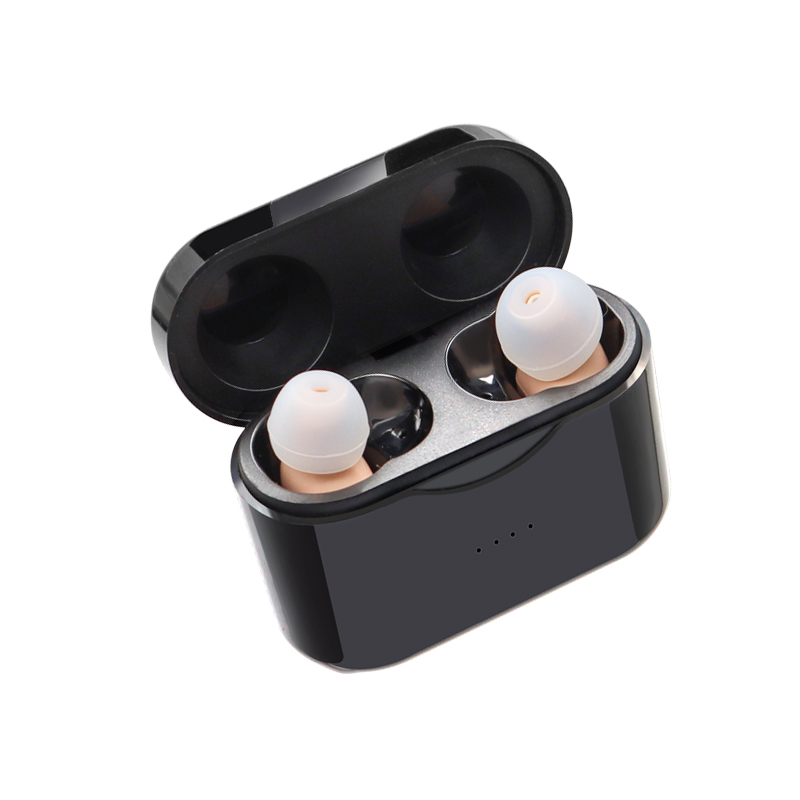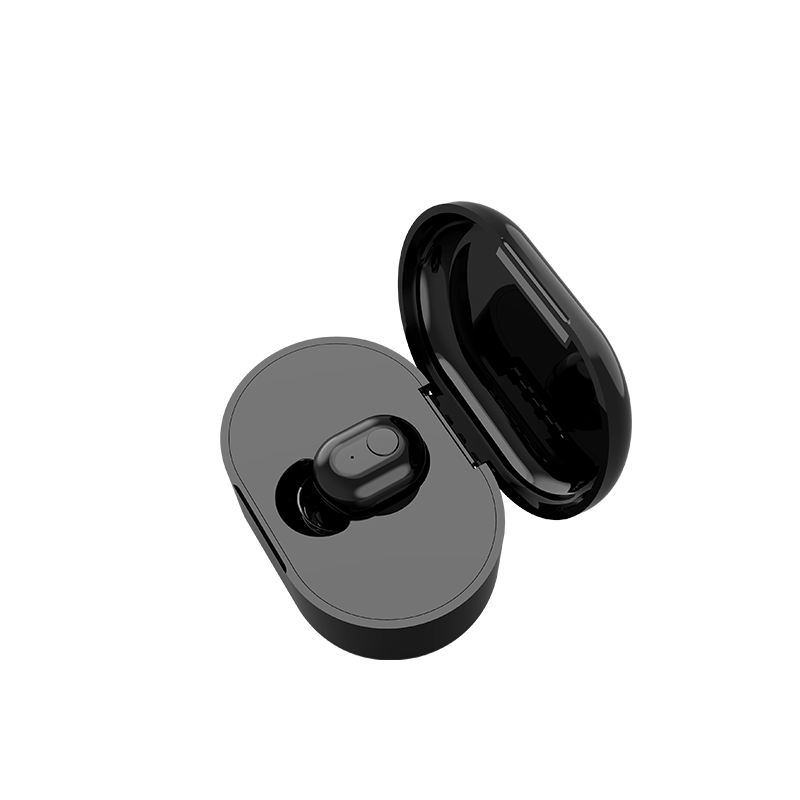I’m Dr. Eleni Santarelli, and I’m an audiologist at HearingLife. I also have a certificate and an ongoing interest in animal audiology!
You may wonder “how did I become interested in animal audiology?” Well, growing up I always knew I wanted to be a doctor of some kind, and I often bounced between human and animal care. Ultimately, I decided not to pursue veterinary school and instead became an audiologist. But, while doing research one day, I discovered that there was a program at the University of Cincinnati that combined my interests – an Animal Audiology certificate. I knew that this is something that I wanted to explore.
This certificate program then led me to The University of Akron, which was starting up its own FETCHLAB program. FETCHLAB stands for the Facility for Education and Testing of Canine Hearing and the Laboratory for Animal Bioacoustics. I enrolled and completed courses, unlocking something in me that I didn’t know existed – an interest in research!
With the help of my incredible professor, Dr. Sonstrom and 3 of my classmates, we completed a research project studying the canine auditory system. The goal of the study was to Establish Breed Specific Normative Data for use with Brainstem Auditory Evoked Responses. Let's back up and talk about what all of that means.
Brainstem Auditory Evoked Responses (BAER) is the method that we use to test animals’ hearing, since they cannot respond behaviorally like humans can, we test them with electrophysiologic technology. This essentially means that we are testing the brainwaves traveling from the ear to the brainstem. We do this by using small electrodes strategically placed across the head and then we play a sound into the ear canal. Once we tested many puppy ears, we were able to collect the data we needed to create testing standards and recommendations for breeders.
These puppy hearing tests were put to practical use to help create better breeding practices. For example, Dalmatians are more likely to have hearing loss than any other breed, so we know whether or not to breed a dog by confirming a hearing loss or normal hearing.
There was a lot of concern around the dogs who were discovered to have hearing loss; but have no fear, they can still make wonderful pets!
There is research being completed by the University of Cincinnati on the auditory systems of many animal species. One of the coolest things I ever got to watch, was a hearing test on a Burmese python!
How does a snake hear if they don’t have ears? Snakes do not have an outer ear, but they do have an inner ear! They can hear by sensing vibrations on the jawbone that transmit to the inner ear.
Fish hear by using their swim bladder, which is the same organ that keeps them afloat; but the coolest of all are dolphins and whales – these creatures hear using echolocation. (Echolocation uses reflected sound to identify objects and their location).
One of my favorite facts about animal audiology is that the chinchilla has a cochlea that is most like a human beings.
On the weekends, you can find me at the Cleveland Zoo, volunteering and talking to guests about all kinds of animal ears!
If you’re ready to have your human ears checked for hearing loss or to establish a baseline hearing level – make an appointment today.
Learn more about Dr. Eleni here.
 Dr. Eleni Santarelli
Dr. Eleni Santarelli
Audiologist Lic #A.02315
Eleni Santarelli grew up in Cleveland, Ohio, and earned her bachelor’s degree in Speech-Language Pathology and Audiology from the University of Akron in 2017. She went on to pursue her Doctorate in Clinical Audiology through the Northeast Ohio Au.D. Consortium, finishing her fourth-year externship at the Columbus VA and receiving her degree in May 2021. She also holds a certificate in Animal Audiology from the University of Cincinnati.
Licensed in Ohio and a member of both the American Academy of Audiology and the Ohio Academy of Audiology, Dr. Santarelli is passionate about helping people hear better—believing it’s essential for meaningful social connection and personal safety. Her love for animals and sports shines through her volunteer work at the Cleveland Zoo, coaching basketball, and cheering on Cleveland’s pro teams.
The above is the interpretation of How Do Animals Hear? An Audiologist Explains Animal Hearing provided by Chinese hearing aid supplier Shenrui Medical. Link https://www.srmcm.com/Blog/How_Do_Animals_Hear_An_Audiologist_Explains_Animal_Hearing.html of this article is welcome to share and forward. For more hearing aid related information, please visit Blog or take a look at our Hearing aids products















